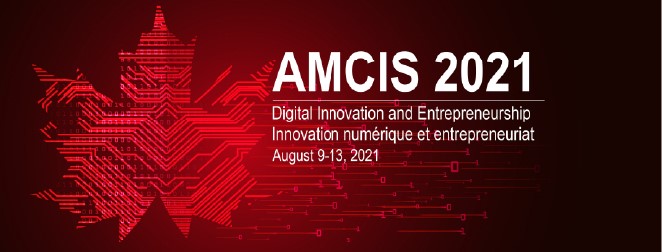Healthcare Informatics & Health Information Technology (SIG Health)
Paper Type
Complete
Paper Number
1690
Description
Contact tracing is used to identify individuals who have been in close contact with any person who has a presumed or confirmed COVID-19 infection. This paper examines one particular contact tracing centre established in Ireland between March-June 2020. We leverage a critical realist-based philosophical framework and associated methodology to seek the generative mechanisms that determined how this contact tracing centre evolved over its lifetime. Drawing on 14 semi-structured interviews, we hypothesise a total of three mechanisms: the motivation and altruistic nature of superusers and other volunteers; the information systems and communications infrastructure built around the contact tracing centre; and, the training and associated support structures provided to volunteers. Our research suggests that attention should be focussed on developing highly flexible information systems and the identification of superusers as project champions. A significant contribution of this work is providing clear operational guidance for establishing contact tracing centres in Ireland and globally.
Recommended Citation
Wall, P. J.; Impey, Sinéad; Neill, Freda; and Stephens, Gaye, "Information Systems, People and Support Structures: A Critical Realist Analysis of a COVID-19 Contact Tracing Centre" (2021). AMCIS 2021 Proceedings. 25.
https://aisel.aisnet.org/amcis2021/healthcare_it/sig_health/25
Information Systems, People and Support Structures: A Critical Realist Analysis of a COVID-19 Contact Tracing Centre
Contact tracing is used to identify individuals who have been in close contact with any person who has a presumed or confirmed COVID-19 infection. This paper examines one particular contact tracing centre established in Ireland between March-June 2020. We leverage a critical realist-based philosophical framework and associated methodology to seek the generative mechanisms that determined how this contact tracing centre evolved over its lifetime. Drawing on 14 semi-structured interviews, we hypothesise a total of three mechanisms: the motivation and altruistic nature of superusers and other volunteers; the information systems and communications infrastructure built around the contact tracing centre; and, the training and associated support structures provided to volunteers. Our research suggests that attention should be focussed on developing highly flexible information systems and the identification of superusers as project champions. A significant contribution of this work is providing clear operational guidance for establishing contact tracing centres in Ireland and globally.
When commenting on articles, please be friendly, welcoming, respectful and abide by the AIS eLibrary Discussion Thread Code of Conduct posted here.


